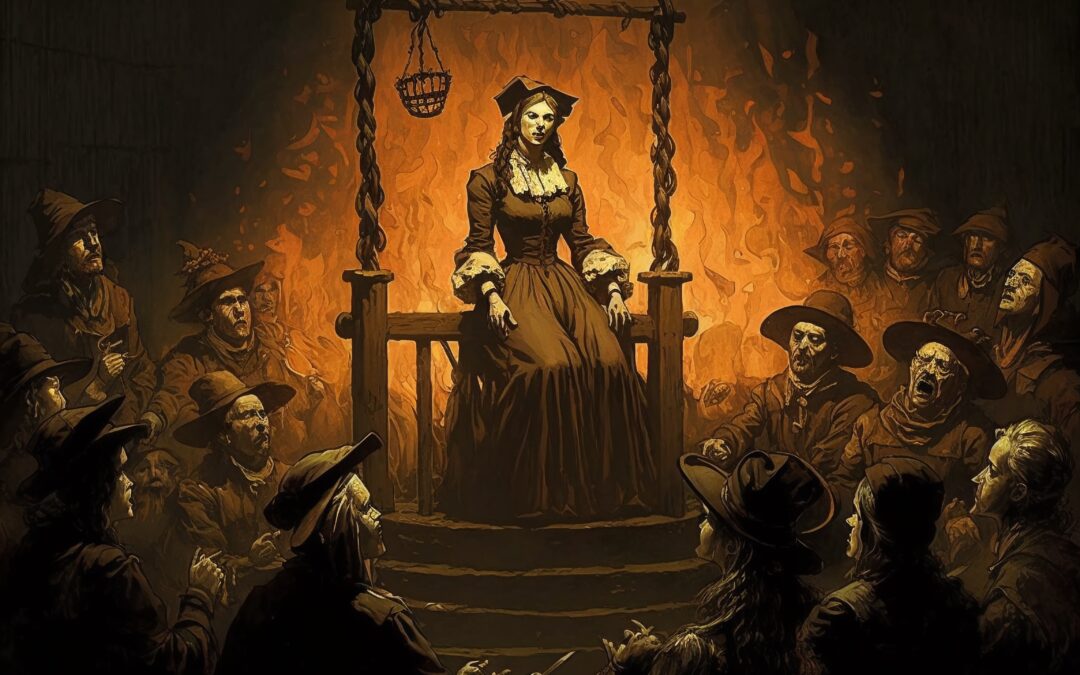The infamous Salem Witch Trials took place in 1692 in colonial Massachusetts, resulting in the execution of 20 individuals, most of them women, accused of practicing witchcraft. This dark chapter in American history was driven by a mix of fear, superstition, and deep social tensions within the Puritan community of Salem Village. It all began when a group of young girls claimed to be possessed by the devil, sparking widespread panic and accusations against local women, whom they alleged were engaging in malevolent practices.
As hysteria spread, the number of accusations grew, leading to numerous arrests and trials that were often based on scant or questionable evidence. Courts relied heavily on “spectral evidence,” where witnesses claimed to have seen the spirits of the accused committing witchcraft. This lack of concrete proof, coupled with the community’s fear-driven mindset, created an atmosphere in which innocent people were easily condemned. The trials escalated quickly, dividing the community and leaving many in fear of being the next to be accused.
The Salem Witch Trials finally ended in May 1693, but their impact lingered. In the years following, the Massachusetts colony began to acknowledge the grave injustices that had occurred, with many of the judges expressing regret for their roles in the trials. Public sentiment shifted, and the trials became a cautionary tale about the dangers of mass hysteria and the importance of justice and due process. The Salem Witch Trials remain a powerful reminder of the consequences of scapegoating and fear-driven decisions.
The legacy of the Salem Witch Trials continues to resonate, offering valuable lessons about critical thinking, fairness, and compassion. As we look back on this tragic period, we are reminded of the importance of safeguarding justice and ensuring that fear and superstition do not overshadow reason and empathy in our communities.


